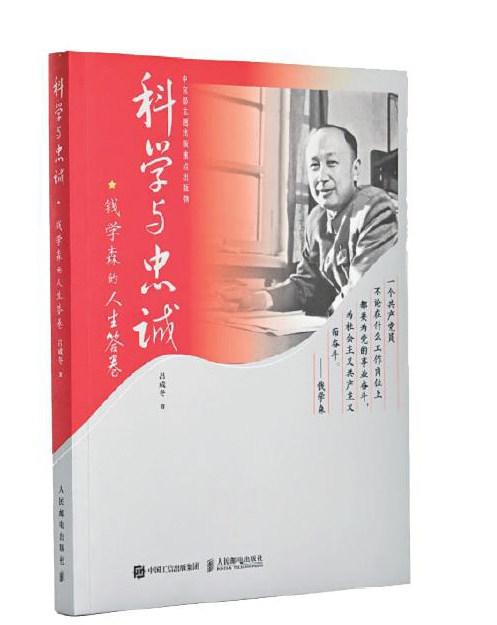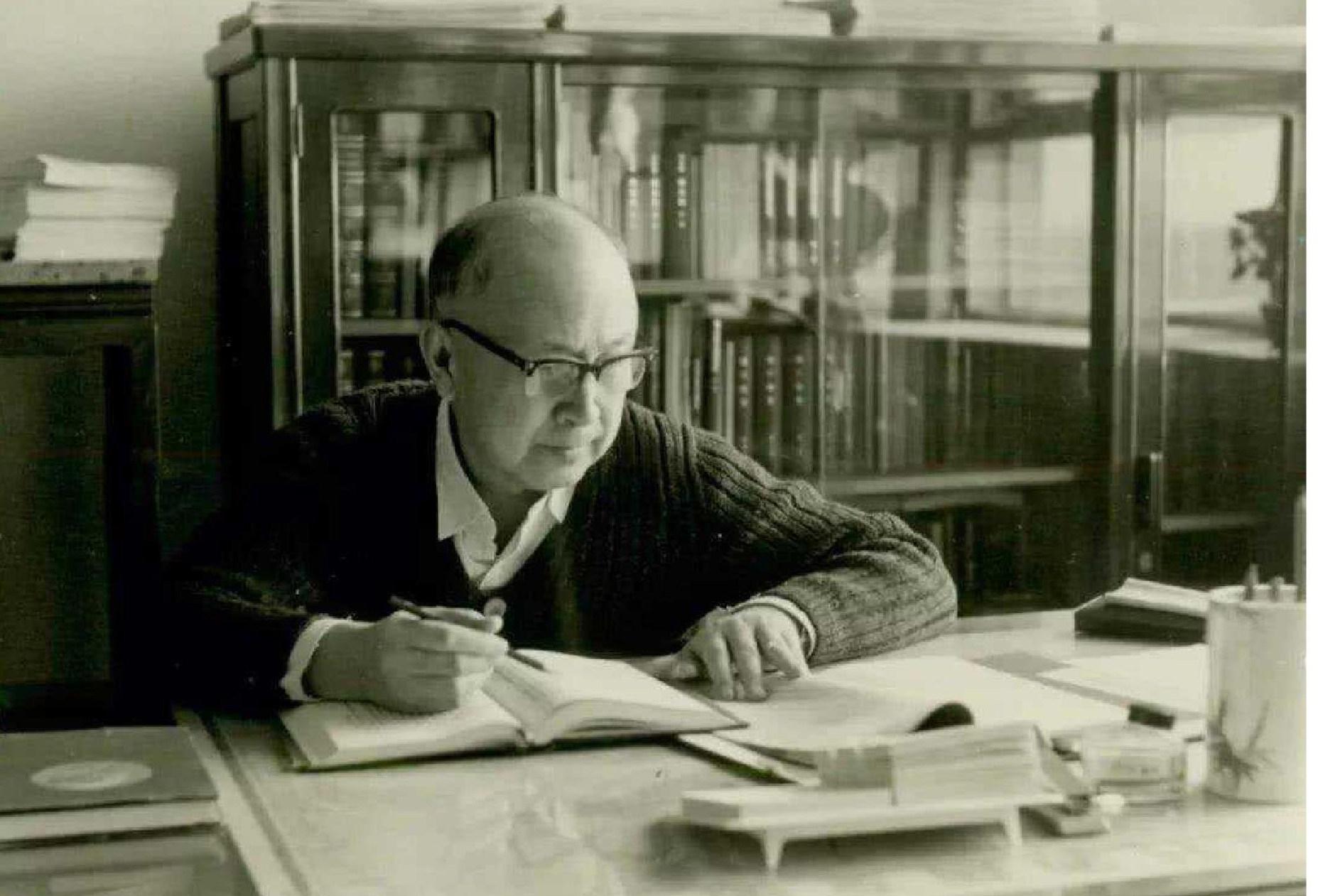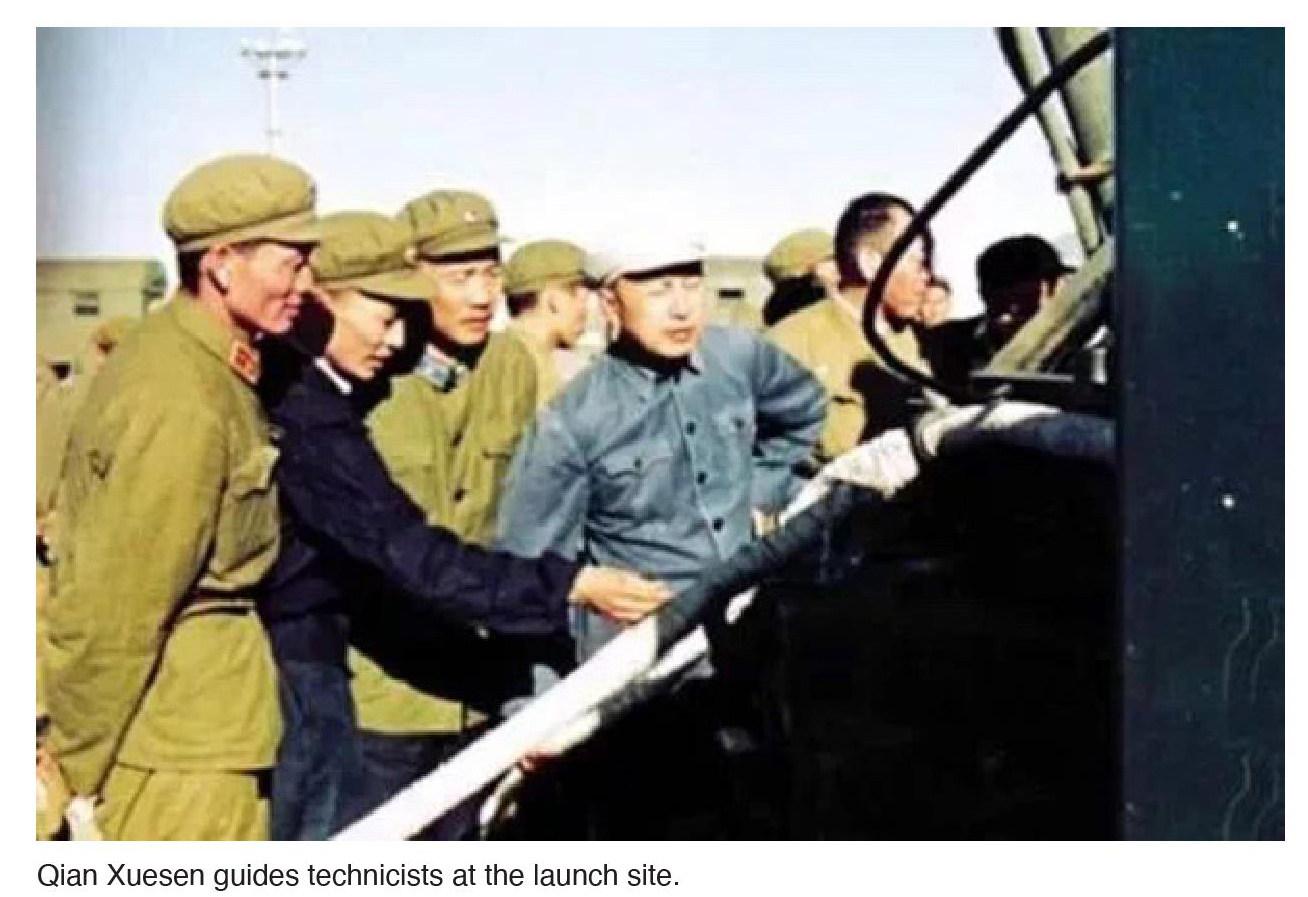Qian Xuesen: Science and Loyalty



Science and Loyalty: The Life of Qian Xuesen
Lyu Chengdong
Posts & Telecom Press Co., Ltd.
November 2021
89.00 (CNY)
Lyu Chengdong
Lyu Chengdong is a research librarian at Shanghai Jiao Tong University and a member of the professional committee of the Chinese Society for the History of Science and Technology set up to research technological figures. He has recently been engaged in research about Qian Xuesen. His works include Returning Someday: the Knowledge-Seeking Path of Qian Xuesen, The Academician Chen Jingxiong, and Delving Into Qian Xuesens Systems Engineering and Its Value Today.
Historical records and documents show that the Chinese Academy of Sciences incorporated Qian Xuesen not long after “the case of Qian Xuesen” and began giving financial help to his father, Qian Junfu, as a form of practical help. Qian Xuesen left to study in the United States in 1935 and returned in 1947 to visit his family and marry his wife, Jiang Ying, before returning back to live in America. After his mother died of disease, Zhang Lanjuan, his father continued to stay in Hangzhou until the Lugou Bridge Incident, when Japan launched a full-scale invasion of China, during which he moved to Shanghai to avoid the war. Since December of 1938, Qian Xuesen had been wiring money to his father almost monthly. He was still studying for his Ph.D. at Caltech at the time and was saving the money he sent from his scholarship, which gradually increased when he started working and had a regular income.
However, this constant sending of money suddenly stopped after “the case of Qian Xuesen”. After “the case of Qian Xuesen”, Qian Junfus student, Huang Pingsun, visited him. During this visit, Qian Junfu said to her, “Xuesen is not able to come back! He has been imprisoned on an island by the U.S. Immigration and Naturalization Service for smuggling information about the technology of U.S. rockets and bombs back to China, which has resulted in the U.S. losing its advantage and monopoly over this field.” Qian Xuesen last sent money to his father in 1951 through his student, Luo Shijun who was returning to China, which consisted of 300 U.S. dollars in cash. Right at that point in time, the Chinese Academy of Sciences decided to take in Qian Xuesen and began sending money to his father according to their compensation standards.
This idea originated in September of 1950 when physicist Zhao Zhongyao got detained by the United States Forces in Japan on his way back to China, which resulted in his family back home falling into financial despair. Seeing this, Wu Youxun and Qian Sanqiang then wrote a letter to the director of the Chinese Academy of Sciences, Guo Moruo, suggesting that the academy provide some assistance. The idea they suggested involved having the academy hire Zhao Zhongyao as a researcher, as with this position, 70% of his salary would be given to his family in Nanjing as financial aid, and this was going to last until Zhao Zhongyao returned to China and began working at the academy. After Guo Moruo approved this suggestion, the academys branch located in Nanjing was responsible for the implementation. Due to inflation, the academy decided to give millet instead of money. According to the standards set by the temporary committee of the academy in 1950, each researcher was entitled to 500 to 650 kilograms of millet. The academy then decided that giving 70% of this amount to his family would be fair, as Zhao Zhongyao had not actually begun working for the academy.
Continuing this precedent, the Chinese Academy of Sciences decided to hire Qian Xuesen as a researcher and give 70% of his salary to his father as a form of financial aid. Following the “l(fā)aw of proximity”, the academy then registered Qian Xuesen under the Shanghai Metallurgy Research Lab, thus giving them the responsibility of sending his father the financial aid. Sun Yong, the daughter of Sun Zhumin, a close friend of Qian Junfu, said that she would always be the one to collect the financial aid from the research lab before passing it to Qian Junfu. So, how much was this aid?
In the private collection of the Shanghai Jiao Tong University library, there is a precious document donated by Professor Qian Yonggang, the son of Qian Xuesen, which is titled “Qian Junfus Accounting Records”. In these records, Qian Junfu recorded, in detail, the amount of financial aid he received every month from the metallurgy research lab in Shanghai. For reasons unknown, he would stop recording after November 1951, even though there is no doubt that the lab continued sending out financial aid to him every month afterward.
During this period of time, not only was Qian Xuesen unable to send money to his father but his own freedom was also restricted. Qian Xuesen would say, “Of course, apart from interrogation, the Federal Bureau of Investigations other duty was to keep a close eye on me, taking note of who visited me, who I visited, and what kind of letters I received. Because of this, I rarely went out and lived a life of solitude.” However, despite being on the other side of the Pacific Ocean, Qian Xuesens heart was very much with China, and he also had the mental support of his friends and family. For example, his cousin, Li Yuanqing, often got his father, Qian Junfu, to send letters to him, expressing his longing and concern even though the letters often never reached their destination; Qian Junfu did not miss out on any opportunity to send his son and daughter-in-law letters as well, constantly “increasing their longing for their country through encouragement”.
The most important part was that Qian Xuesen himself did not miss out on any opportunity as well. He “found out about the society of technology” after the establishment of New China, and thus he “organized a branch of the society after rounding up many other students, trying to use this as an opportunity to unite all the students who were studying abroad there to answer the calling of their motherland”. But as everyone knows, Qian Xuesen was only allowed to leave the United States five years after he was detained there. In a letter he wrote on 29 July, 1955, he told his father that he “would leave the first day that he could”. His father wept in joy after receiving the letter.
As everyone knows, the goal of the United States in keeping him from returning to China was to wait till the information he knew became out of date. However, Qian Xuesen achieved the opposite of this, penning two landmark papers during those five years he spent in detention, named “Engineering Cybernetics” and “Physical Mechanics”. These two academic achievements propelled Qian Xuesens thought process from one of mere practice to one of true understanding. It is not known whether or not Qian Xuesen knew about the position granted to him by the Chinese Academy of Sciences as well as the financial aid provided to his father every month. But in a way, the academy was already the organization credited with these two academic achievements.
